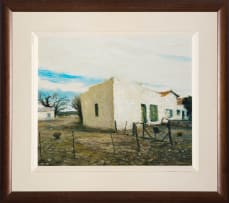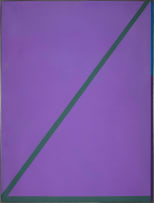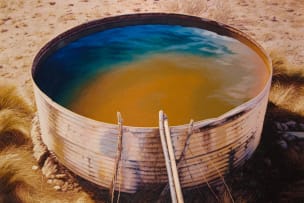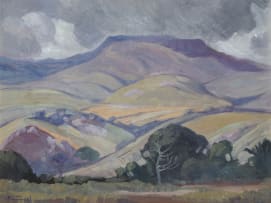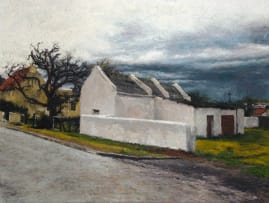Art Rooted in Nature: Evening Sale
Live Virtual Auction, 25 June 2024
Evening Sale
About the SessionSouth African artists have long drawn inspiration from the earth, capturing the beauty and complexity of flora and landscapes, with their works. The selection for sale emphasises themes of both human and non-human elements in nature, reflecting a profound connection to the environment.
This auction showcases a rich artwork medley that delves into the intricate relationship between the natural world and artistic expression. Featuring botanical depictions, landscapes, coastal scenes, floral still lifes and garden scenes in the Cape and beyond, the sale highlights the enduring relevance of nature in art, especially in the context of contemporary ecological concerns.
This auction celebrates the harmony between scientific precision and artistic creativity, making a compelling case for the ongoing relevance of depicting nature.
Running from 7 to 25 June to coincide with the Hermanus Fynarts Festival 2024, the Strauss & Co auction aims to complement the festival’s vibrant celebration of creativity in all its forms.
Incl. Buyer's Premium & VAT
About this Item
signed and dated 99; inscribed with the title on the stretcher
Notes
ARTIST FOCUS
Walter Meyer, Unveiling the Stark Beauty of Nature
Carl Walter Meyer, born in Aliwal North in the Western Cape, is a significant figure in South African art, noted for his unique portrayal of South African landscapes. Meyer's academic journey began at the University of Pretoria, where he studied under Nico Roos and John Clarke, earning a Fine Art degree in 1984. His dissertation, titled Contemporary Trends in European Painting, reflected his keen interest in the evolving art movements of Europe. Following this, Meyer further honed his skills at the Staatliche Kunstakademie in Düsseldorf, Germany, and travelled extensively across Europe and the United States, enriching his artistic perspective.
While Meyer excelled in a variety of media, the six oils featured from lots 252 to 257, highlight his full capability as an artist. His work is characterised by a fractured narrative that contrasts sharply with the romanticized rural idylls often depicted by other South African landscape painters like WH Coetzer and JEA Volschenk. Instead, Meyer's paintings capture the stark, unembellished beauty of the Karoo (lots 253 to 255) and Namibian landscapes (lots 252 and 257), both inhabited and deserted, unveiling the stark beauty of nature.
Inspired by the remote and desolate, Meyer's paintings are both melancholic and poetic, masterfully depicting the subtle transitions of light and the harshness of the desert. His works, as presented in exhibitions, often feature ghost towns and abandoned scenes, portraying the transient nature of human existence and the overpowering vastness of nature. As Liese van der Watt articulates, 'Meyer's art describes human displacement. His works retreat from narrative-they carry no promise for a brighter future, nor are they nostalgic for a better past'1
Meyer's paintings convey the 'insignificance and transient existence of man' against the backdrop of nature's overwhelming magnitude.2 His use of traditional brushwork combined with a realistic depiction of the mundane rural landscape creates a compelling tension. The saturated colours and dramatic interplay of shadows and light render his landscapes visually soothing yet psychologically profound. This duality gives Meyer's work a contemporary edge, despite its roots in traditional oil painting techniques.
Engaging with Meyer's paintings reveals a deep sense of compassion and honesty, reflecting his melancholic personality. His ability to intuitively communicate through his medium amplifies the emotional resonance of his chosen metaphors, capturing the soul
of the desolate landscapes he so poignantly portrays.3
1. Johans Borman (ed) (2016) Masterpiece, exhibition catalogue. Cape Town: Johans Borman Fine Art, page 60.
2. Johans Borman Fine Art Gallery (ed) (2009) Art that Inspires, exhibition catalogue, Cape Town: Johans Borman Fine Art, page 124.
3. Ibid.


